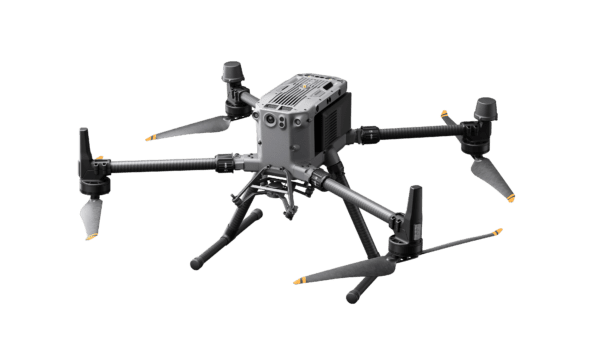Drone Surveying- Opt For Effectiveness and Improved Visualisation
Drone surveying fitted with high-resolution cameras and sensors are used in drone surveying, commonly referred to as aerial surveying or UAV (Unmanned Aerial Vehicle) surveying, to gather data from the air. Numerous advantages offered by this creative method are revolutionising the way surveys are carried out in a variety of industries.

Melbourne is welcoming 3D scanning with open arms as it realises how revolutionary technology can be for a wide range of industries. In Melbourne, 3D scanning has a wide-ranging and significant impact on everything from maintaining cultural heritage to improving architectural designs and promoting entertainment. It's fascinating to think about how this advanced technology will continue to change the face of cities in the future.
Enhanced Productivity and Time Savings
Conventional surveying techniques frequently include much labour- and time-intensive fieldwork. The process is greatly accelerated by drone surveys. Large areas can be swiftly covered by a drone, which can collect data from various elevations and angles in a fraction of the time it would take with conventional techniques.
This effectiveness results in shorter project schedules and lower labour expenses. For example, a drone survey can frequently be finished in a few hours as opposed to days as it would take with traditional methods. Drone surveying has a significant cost savings component. Drones provide a more cost-effective option to conventional surveying techniques by reducing the requirement for sizable ground staff and costly equipment. The long-term labour and operating cost savings from drone technology frequently offset the original expenditure.
Real-Time Data Collection and Analysis for Accessing Difficult-to-Reach Area
Surveying tough or dangerous terrain can be very risky and demanding. Drones are particularly good at accessing places that are hazardous or challenging for surveyors on foot. Drones, for instance, can survey difficult terrain, steep inclines, or isolated areas with ease, yielding important data without requiring human presence.
This feature is especially helpful for sectors like mining, agriculture, and environmental protection, where it's frequently necessary to survey hazardous or difficult-to-access locations.
The ability to collect data in real-time with drones gives surveyors the ability to watch and evaluate data as it is being collected. This instantaneous feedback facilitates timely modifications, ensures that data is correct and current, and aids in the early identification of problems or discrepancies.
Comments
Post a Comment